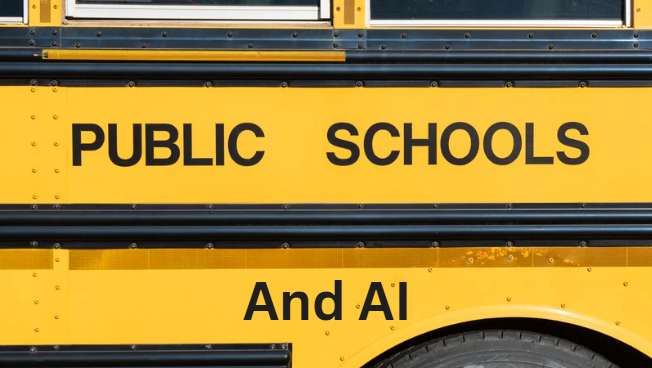President Trump recently signed an executive order mandating the introduction of artificial intelligence education across U.S. public schools. The plan includes new curricula, teacher training, and public-private partnerships, all aimed at preparing the next generation for an AI-driven workforce.
On the surface, this sounds like a bold step forward. But the public reaction has been anything but unanimous.
The Promise
Proponents argue that early exposure to AI is essential. If children will inherit a world shaped by automation, machine learning, and digital systems, why not teach them the language of the future?
AI literacy could help students:
- Navigate future job markets
- Understand the technology shaping their world
- Build critical thinking around algorithmic bias, ethics, and data
The Pushback
Others see red flags. Parents, educators, and child development experts are raising concerns about:
- Accelerated screen time in already tech-saturated classrooms
- Replacing human instruction with AI-enhanced tools
- Increased reliance on untested educational technologies
- Teachers potentially being displaced or redefined by automation
There’s also a deeper unease: What does it mean to shape children through systems built by adults who still don’t fully understand AI’s long-term consequences?
A Bigger Question
This debate isn’t just about policy, it’s about philosophy.
Are we preparing children for the world, or reshaping childhood to fit a world we’ve already created?
Is early AI education a tool for empowerment, or another step toward digital dependency?
And if we don’t agree on what a good education looks like in an AI age, how do we decide what to teach?
The executive order may set a direction, but the national conversation is just beginning.

